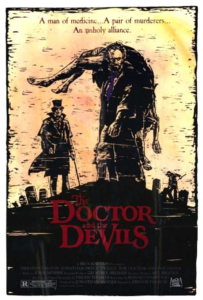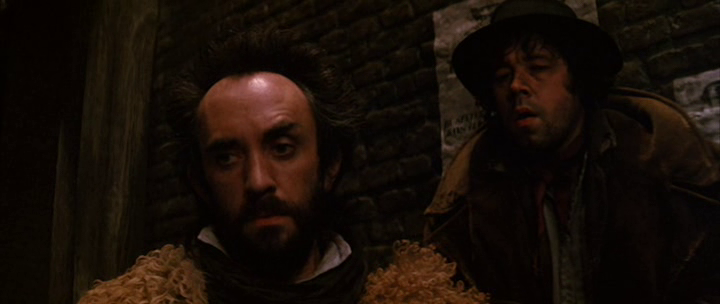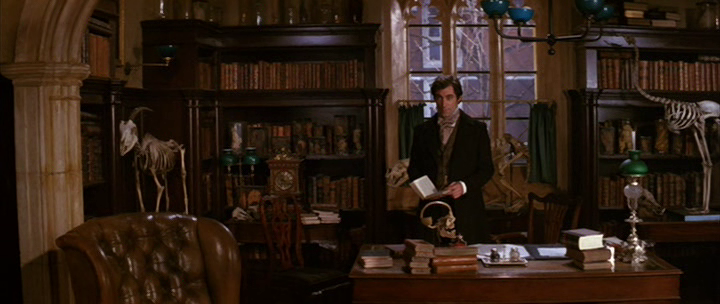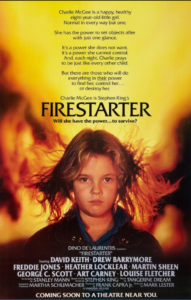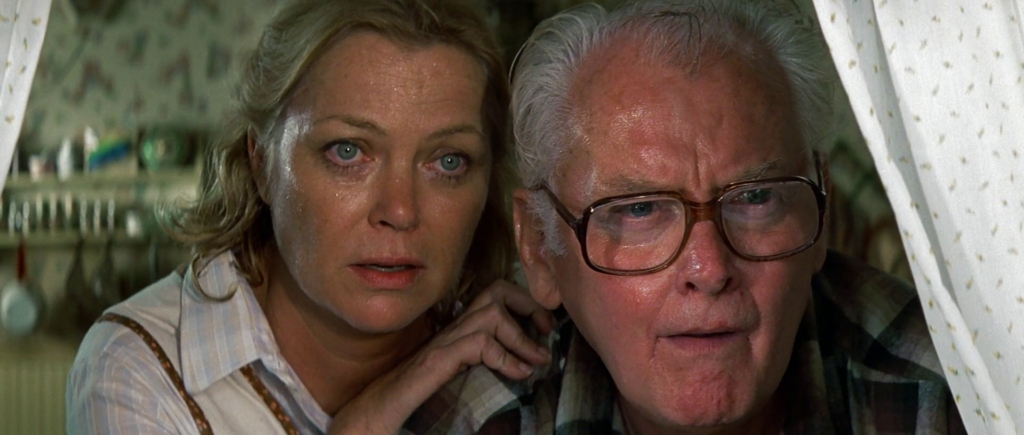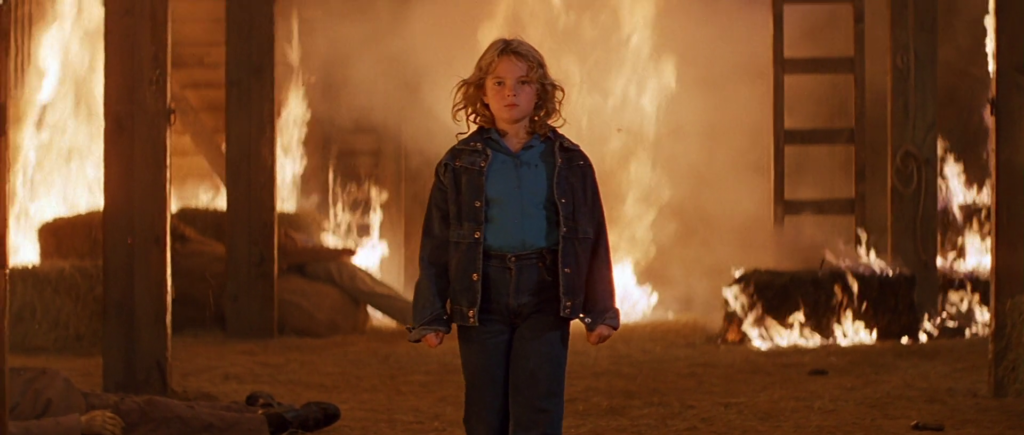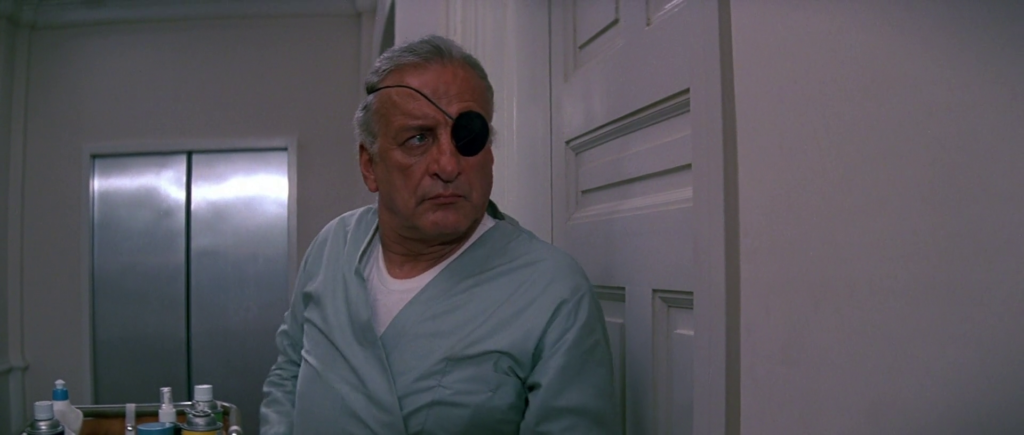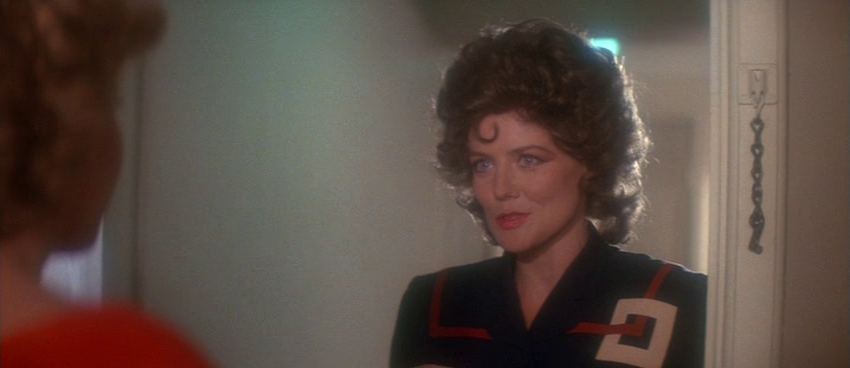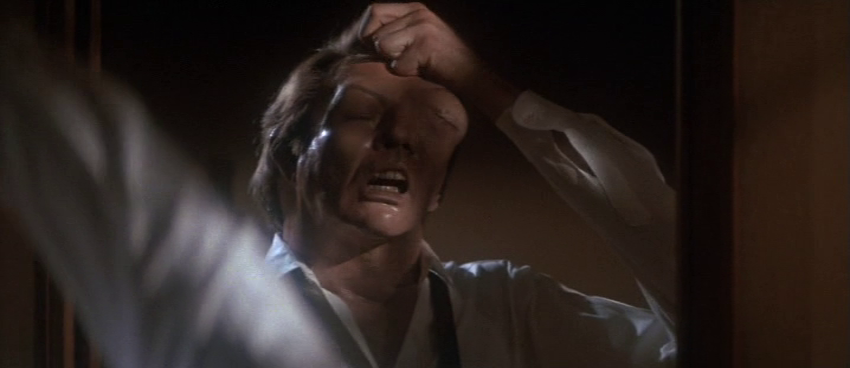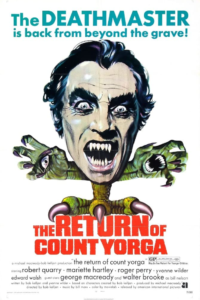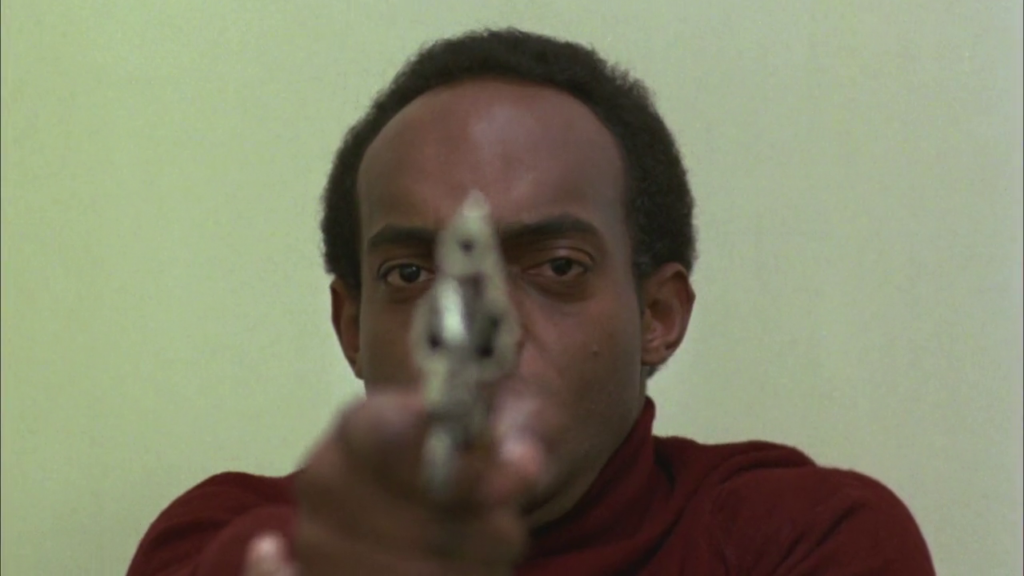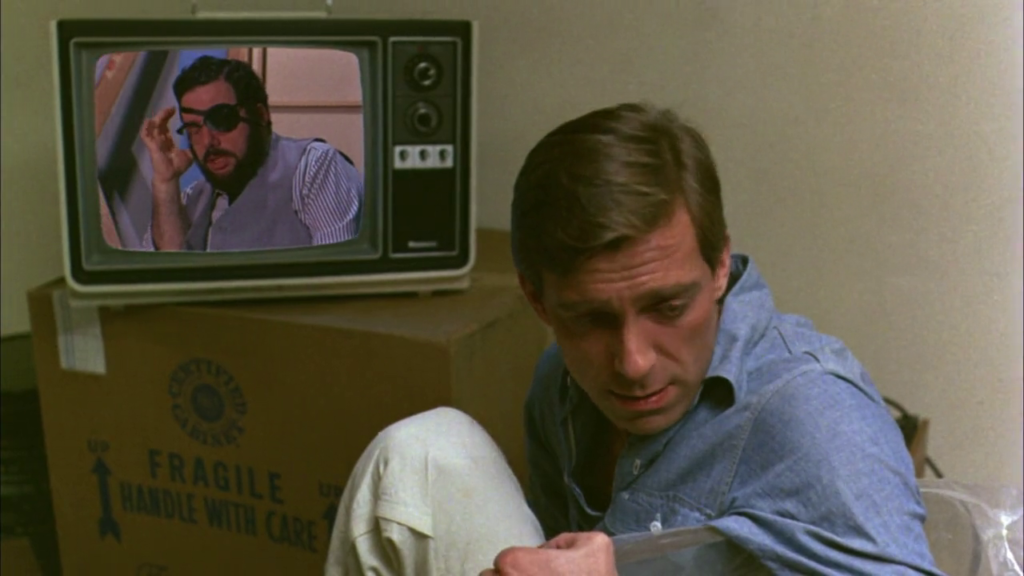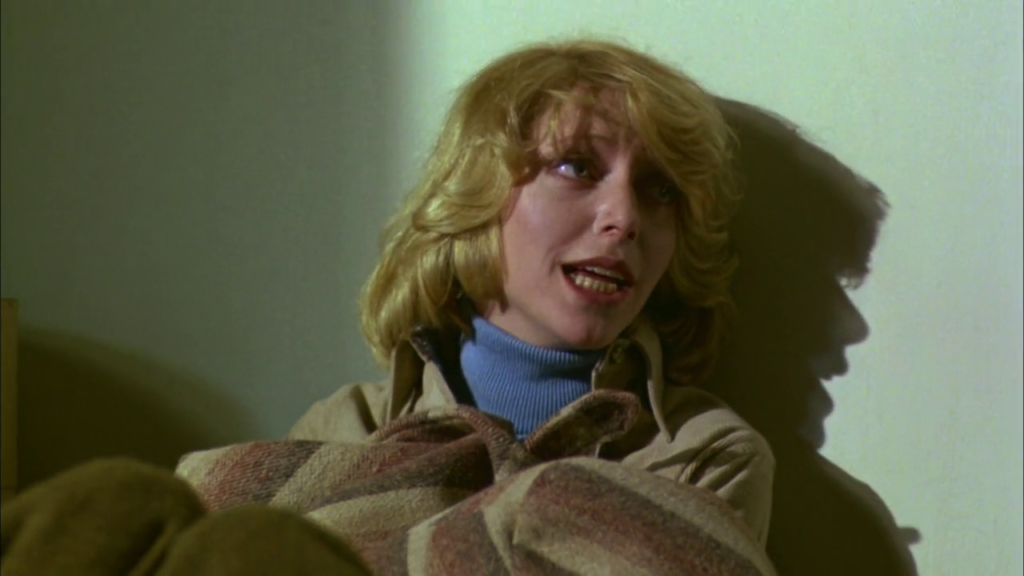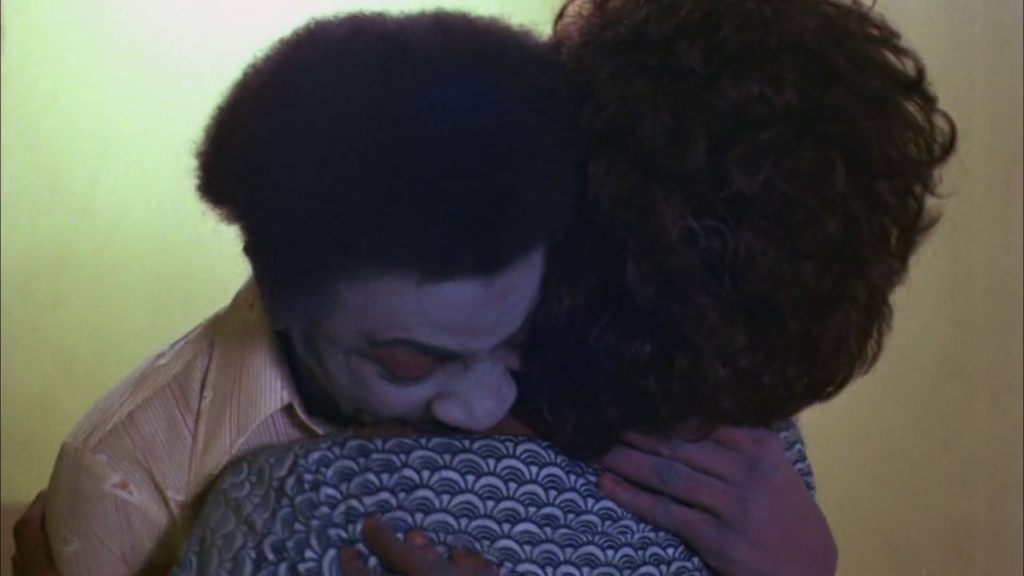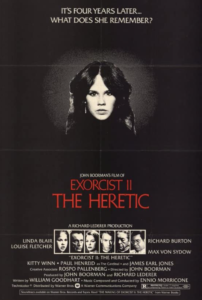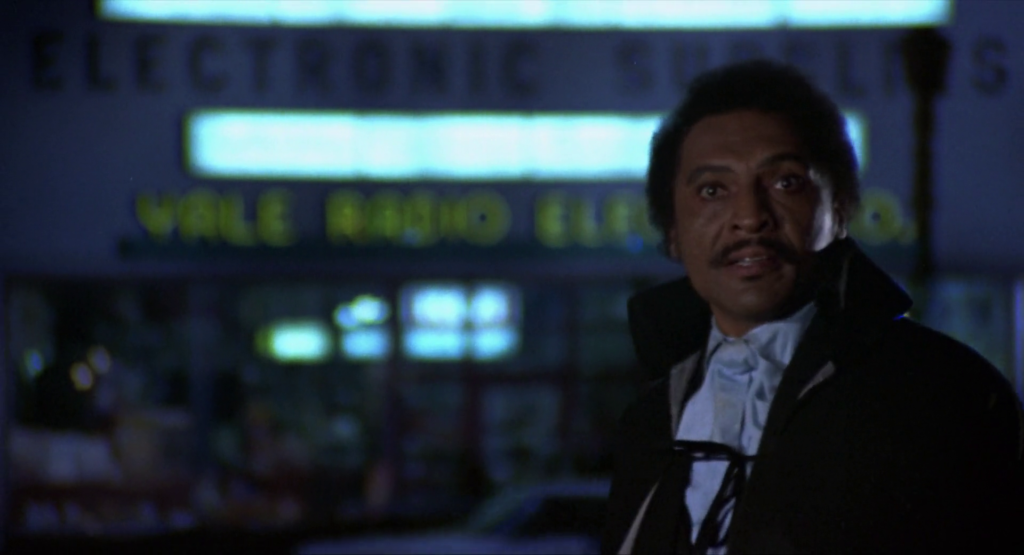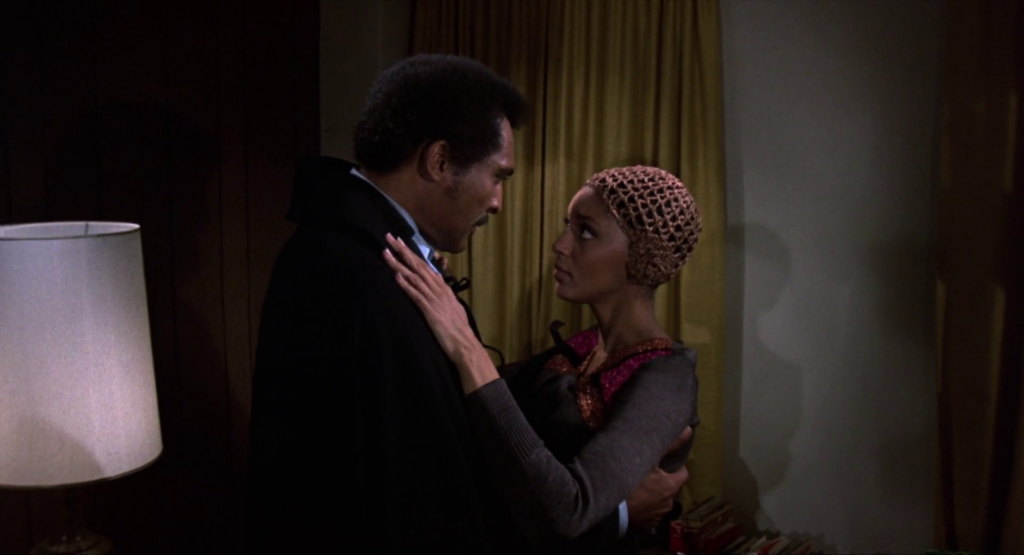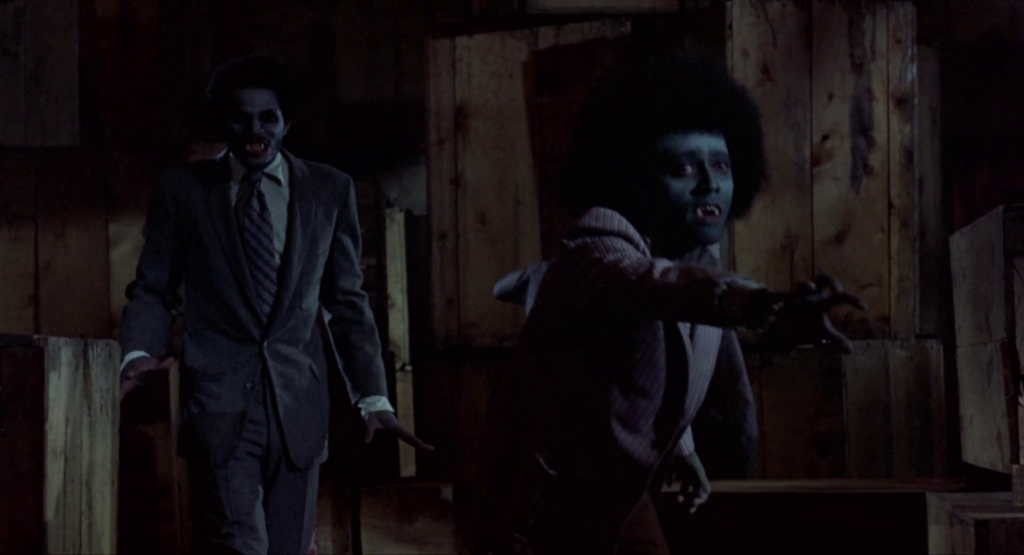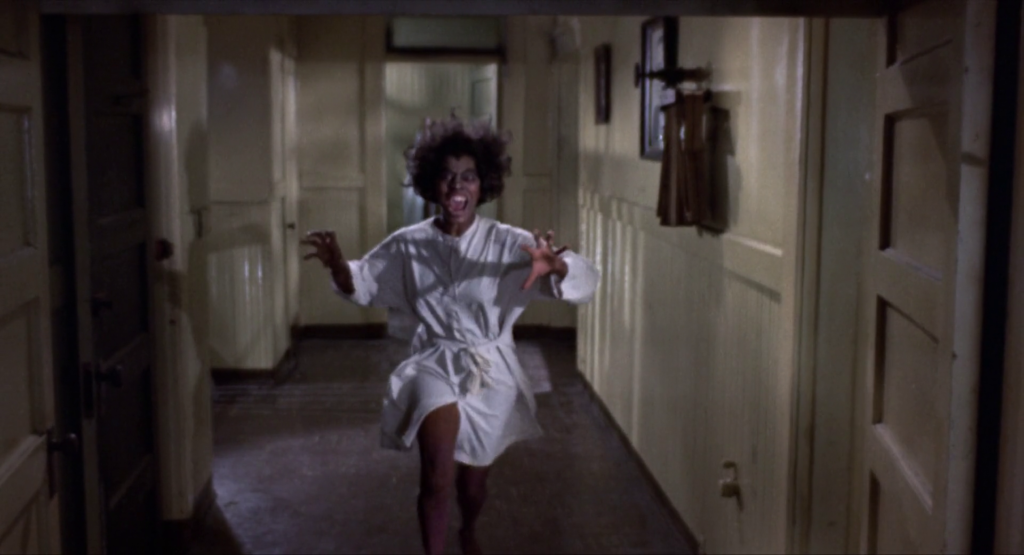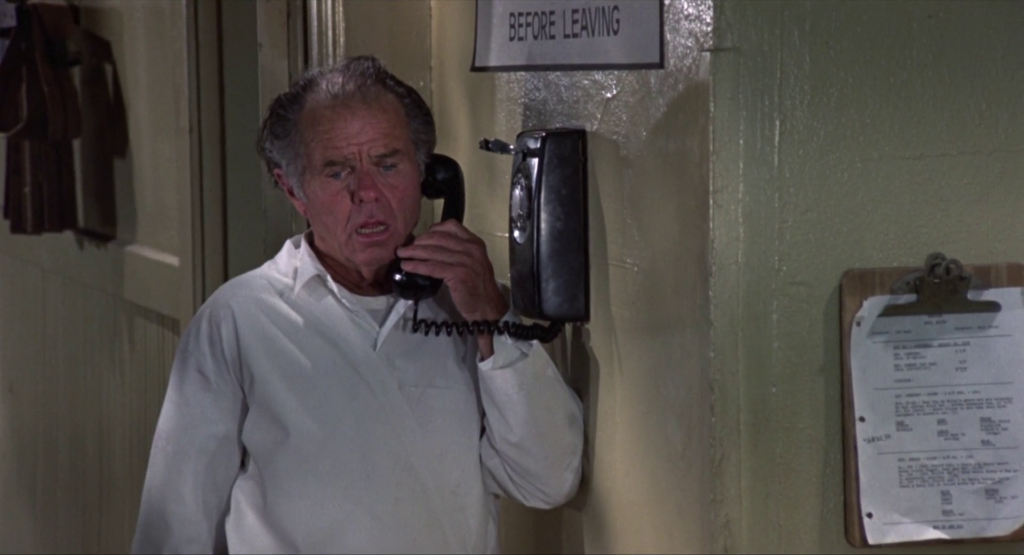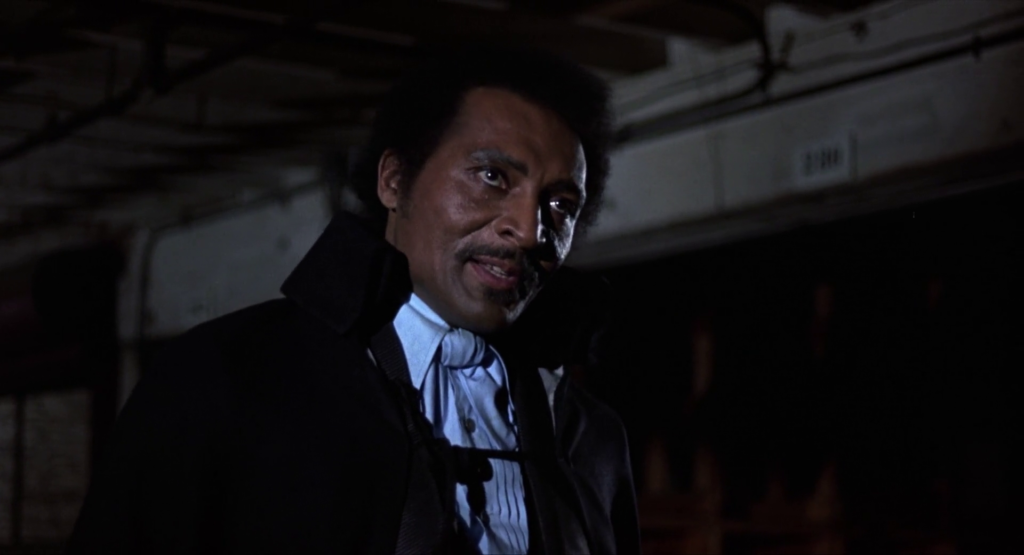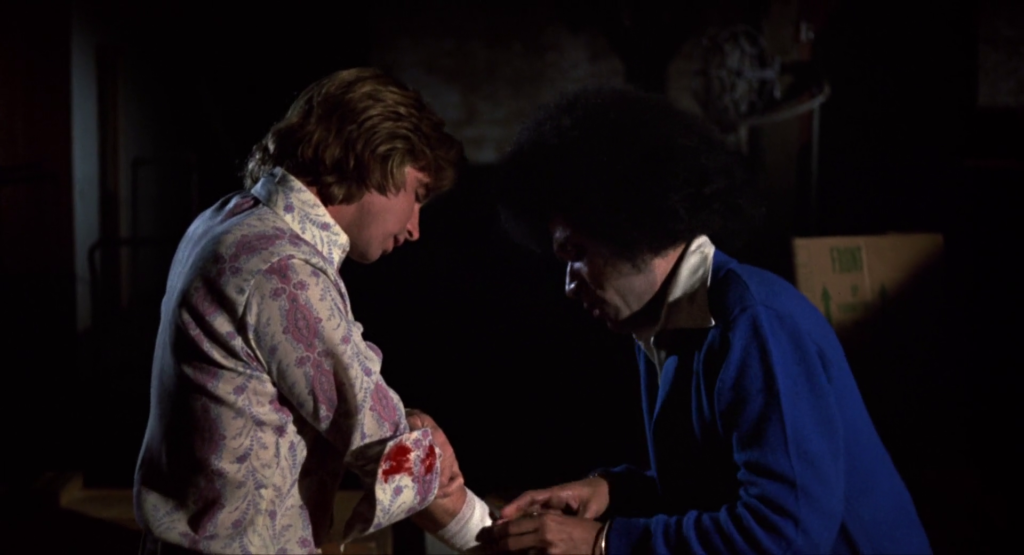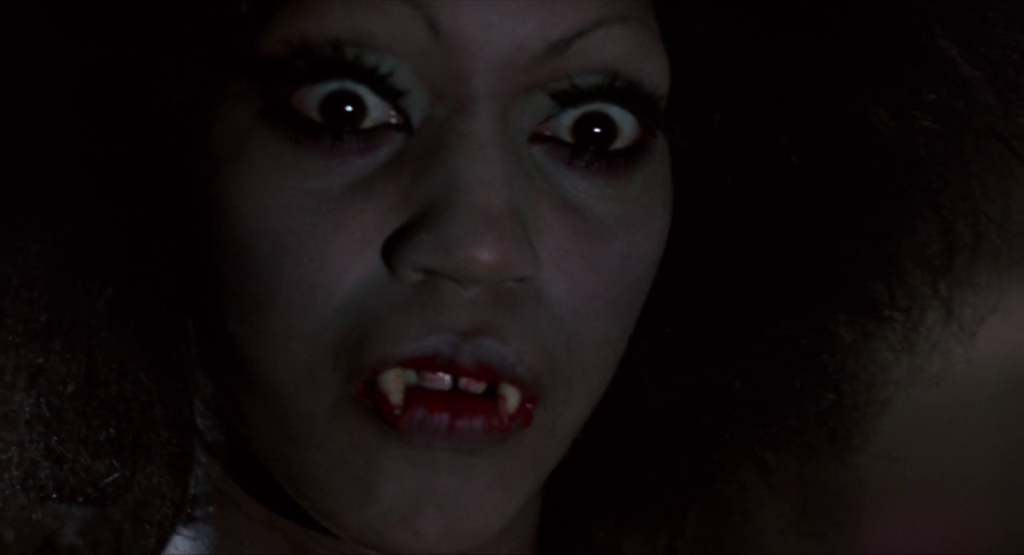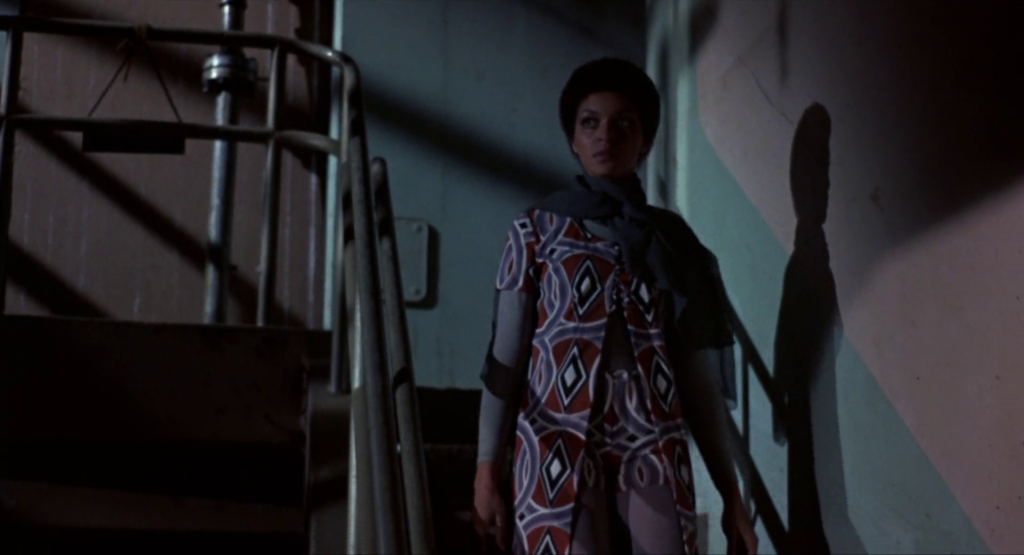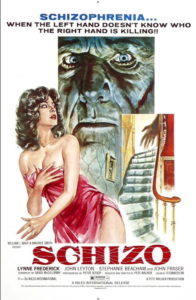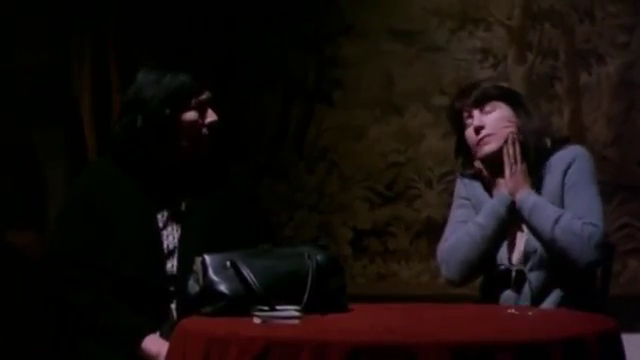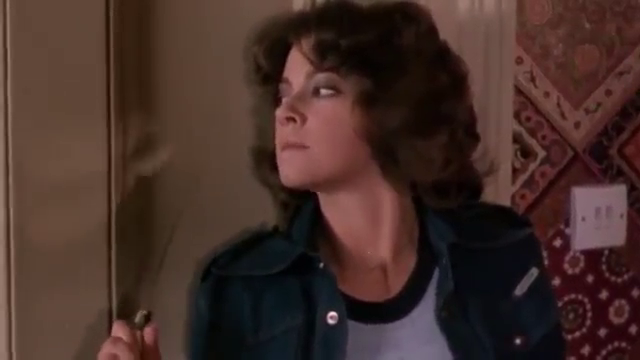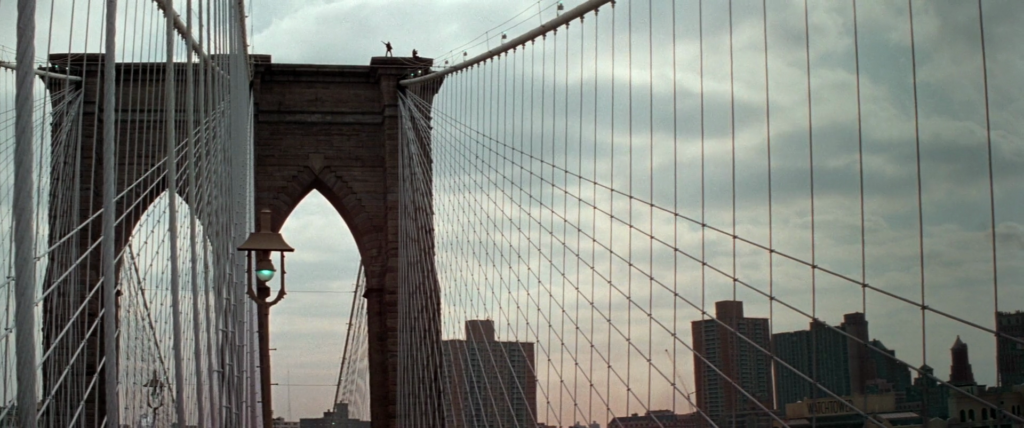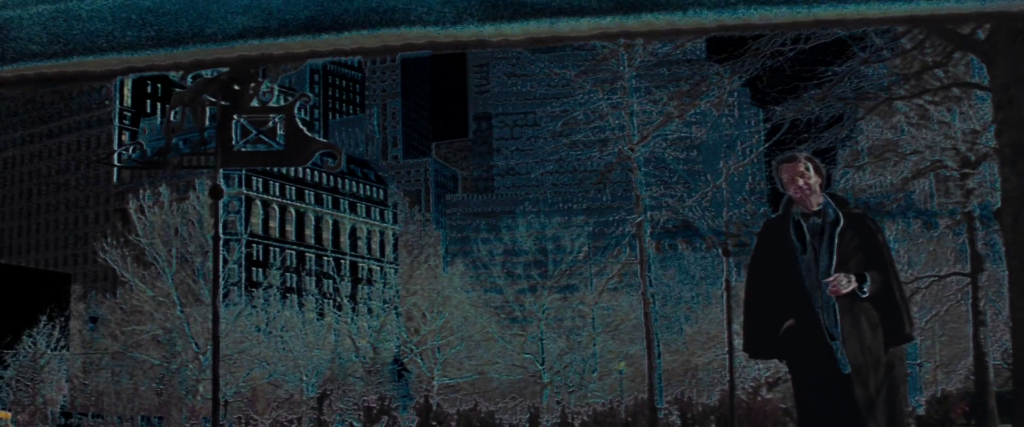|
Genres, Themes, Actors, and Directors:
- Horror Films
- John Boorman Films
- Louise Fletcher Films
- Max von Sydow Films
- Ned Beatty Films
- Possession
- Priests and Ministers
- Richard Burton Films
Review:
This infamously awful sequel to William Friedkin’s blockbuster hit The Exorcist (1973) was directed by John Boorman, who brings an entirely different sensibility to the proceedings. As James Kendrick notes in his review for Q Network:
“Although Boorman should be commended for attempting originality in an arena that is usually marked by simple regurgitation of old ideas, in his zeal to impress, he created one of the most bloated, preposterous, and unintentionally silly films of the 1970s.”
The performances by esteemed actors Richard Burton, Louise Fletcher, and James Earl Jones are passable at best:

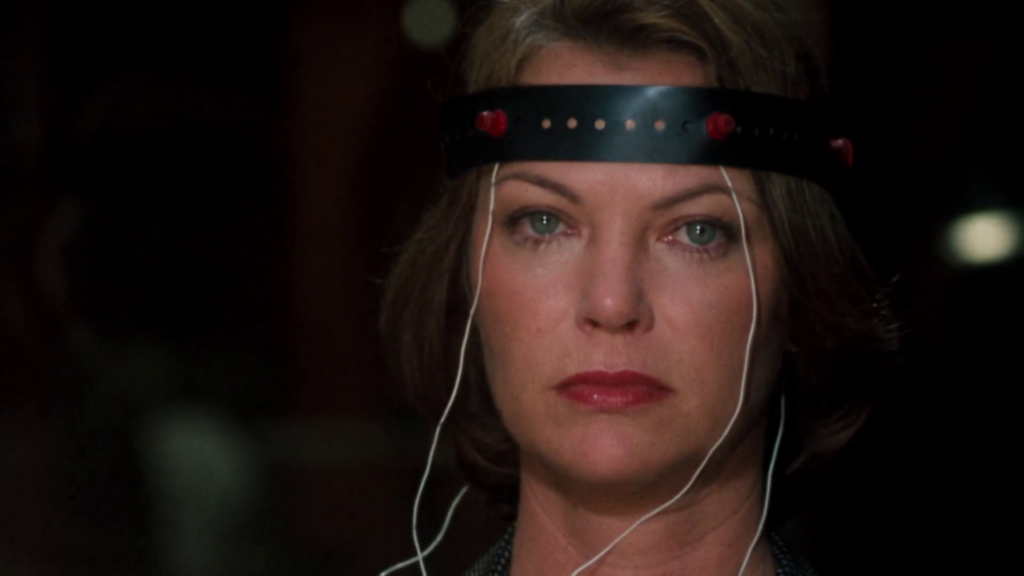
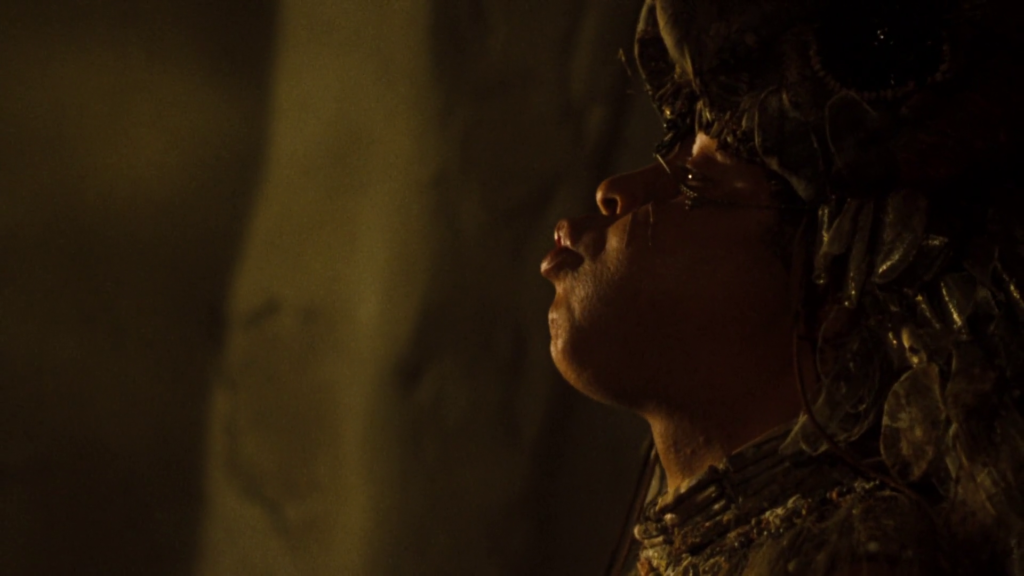
… while Blair’s portrayal of adolescent Regan is laughably inadequate.
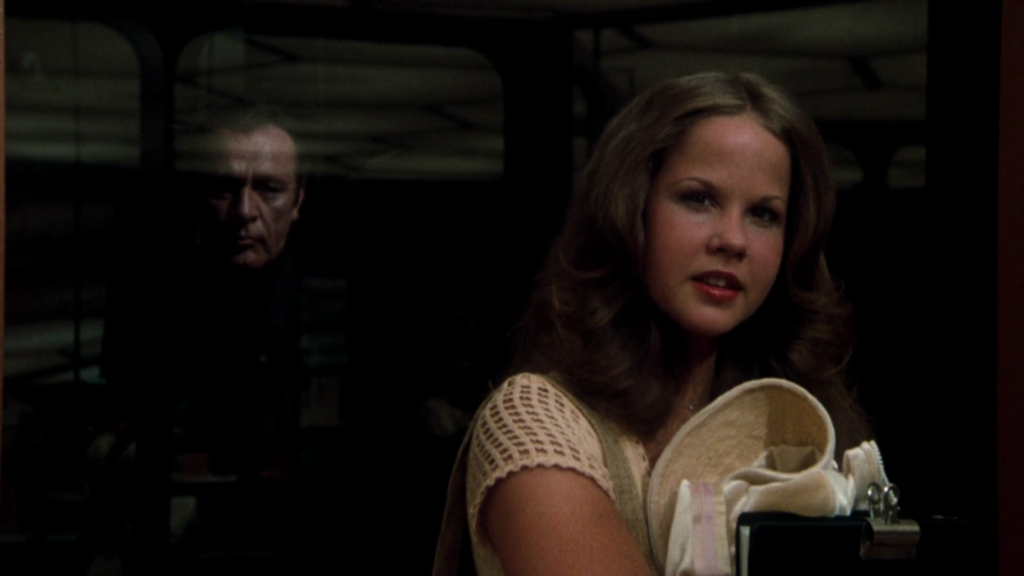
The actors aren’t helped by a screenplay that shifts away from the original film’s solid emphasis on Catholic guilt and demon possession towards a much more amorphous conceptualization of spirituality across various spheres and continents.

Meanwhile, the dialogue is uniformly awful; it’s challenging to pick out the most egregious stinkers, but here are just a few:
Regan: Come! Fly the teeth of the wind! Share my wings!
Young Autistic Girl: What’s the matter with you?
Regan: I was possessed by a demon. Oh, it’s okay — he’s gone!
Father Lamont: It was horrible, utterly horrible… and fascinating!
Dr. Tuskin [Fletcher]: It’s hard to live alone. Don’t you ever need a woman, Father?
With that said, this big-budget flick looks beautiful, and features some memorable imagery; it’s too bad the storyline fails it so badly.
Redeeming Qualities and Moments:
- Fine cinematography

- Some memorable imagery
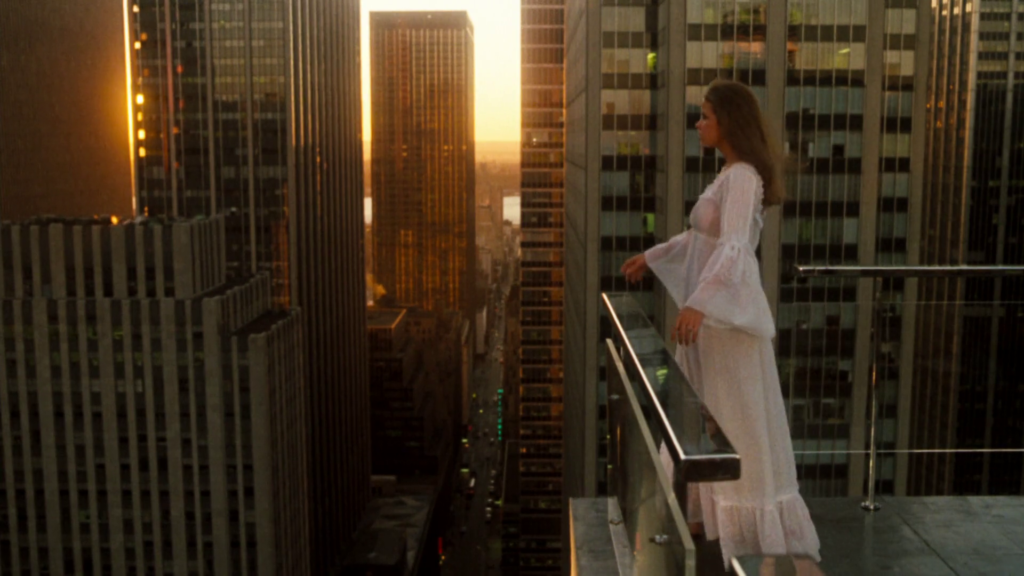
Must See?
No; skip this one unless you’re curious. Listed as a Camp Classic in the back of Peary’ book.
Links:
|
